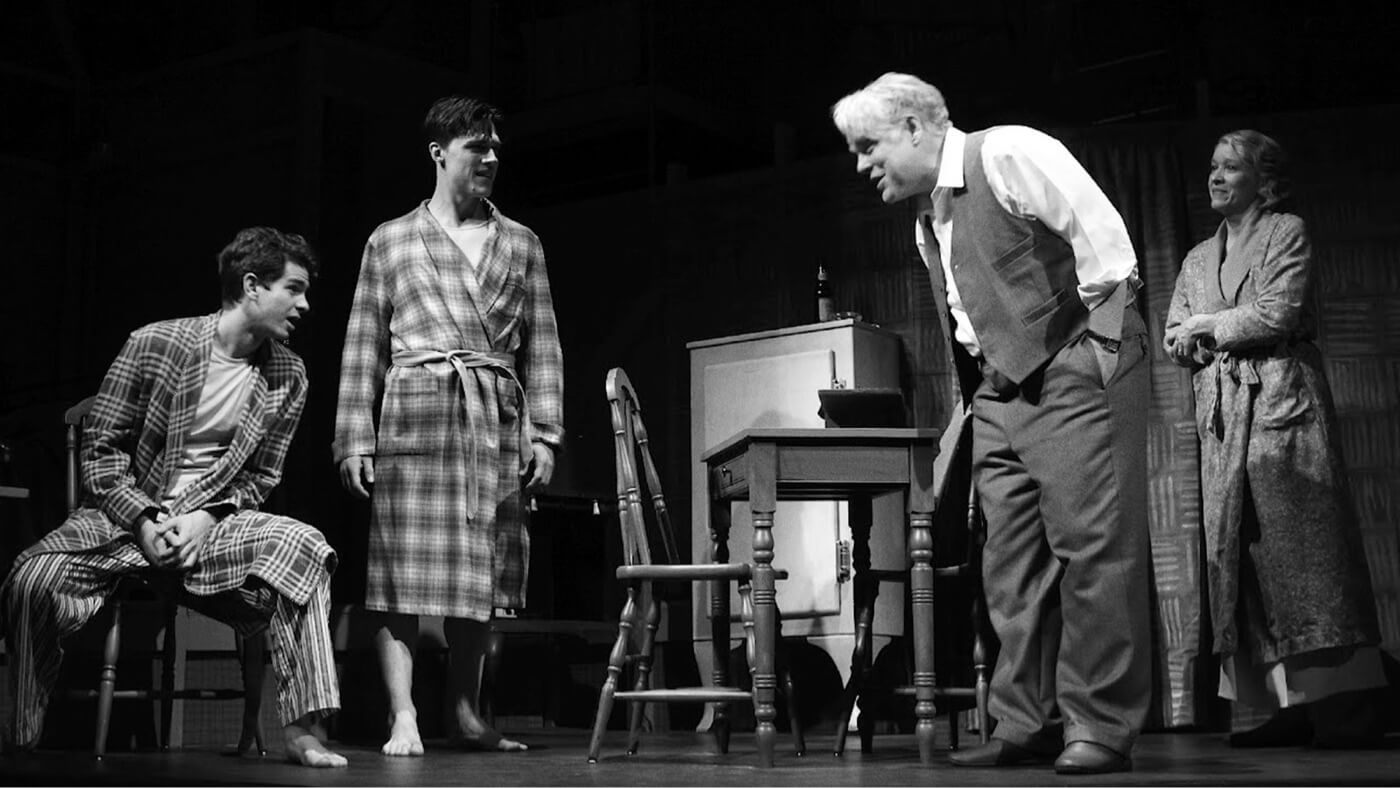The three-act structure is perhaps the most common narrative structure that is studied and analyzed, known for its simplicity and universality in so many stories.
However, the lesser-known five-act structure deserves its share of the spotlight. Originating from classical drama and famously utilized by playwrights such as William Shakespeare, the five-act structure offers a more nuanced approach to narrative development.
What is the 5 Act Structure in Story?
First, let’s define the five-act structure
The five-act structure is defined by the various, distinct segments of a story’s dramatic arc. Let’s understand these parts of the structure through its definition.
FIVE ACT STRUCTURE DEFINITION
What is a five-act structure?
The five-act structure is a method of plotting a story, dividing it into five distinct sections or "acts" consisting of exposition, rising action, climax, falling action, and resolution. This structure has been used in storytelling for centuries and is prevalent in various forms of media today, such as novels, plays, and films.
These acts serve as a roadmap for the narrative, guiding its progression from exposition to resolution. The five-act structure has its roots in classical drama, specifically in the works of playwrights like William Shakespeare.
Components of the Five-Act Structure
- Exposition
- Rising action
- Climax
- Falling action
- Resolution
In this article, we'll analyze the five acts and use Arthur Miller's Death of a Salesman as an example to understand the structure better.
5 Act Structure Components
Act 1: Exposition
The first act serves as exposition to introduce the main characters, the setting, and the central conflict of the story. This act is crucial for setting the stage and providing the audience with the necessary context to understand the narrative. It's where we meet the protagonist, learn about their world, and understand what is at stake.
In Arthur Miller's Death of a Salesman, the first act vividly portrays Willy Loman's world, a salesman stuck in outdated ideals of success, with hopes of becoming and being perceived as successful.

Death of a Salesman • Directed by Kenneth Albers
The Loman family's dynamics and Willy's mental state are quickly revealed, laying the foundation for the tragic story. This introduction sets the tone and emphasizes disillusionment and the American Dream.
Parts of the 5 Act Structure
Act 2: Rising Action
As the second act unfolds, the story builds momentum with rising action — complications and heightened conflict that the protagonist must confront. This is where subplots may emerge, and relationships among characters get developed. The rising action serves to build tension and keep the audience engaged, driving the story towards its climax.
In Death of a Salesman, Willy's disillusionment grows as he descends further into his delusions of grandeur, reflecting on past successes and missed opportunities. The tensions within the Loman family also escalate, particularly between Willy and his son, Biff.
A pivotal moment in the rising action is Biff's confrontation with his father after a failed business meeting, which reveals underlying disappointments and expectations, propelling the narrative toward its emotional climax.
Climactic Point of the 5 Act Structure
Act 3: Climax
The third act is the turning point of the story. It's where the main character confronts the primary conflict directly resulting in the story's most dramatic or intense moment. This climax is often the result of the events and tension built up in the second act.
The climax in Death of a Salesman reveals Willy's stark realization that his life hasn't unfolded as he hoped, impacting his mental well-being. The peak of tension arises during a heated argument where Biff exposes Willy's disillusionment and hidden suicidal feelings.
Death of a Salesman • John Malkovich and Dustin Hoffman
This transformative moment forces Willy to choose between honesty and a facade, progress or regression. His choice is what makes this story one of the most iconic tragedies in theatre history.
Related Posts
5 Act Structure Examples
Act 4: Falling Action
Following the climax, the fourth act deals with the aftermath — the falling action. It's where the consequences of the climax are explored, and the narrative begins to drive towards a resolution. The falling action may also tie up loose ends and resolve any subplots.
The falling action shows Willy's deep reflection and his reality crumbling. A key scene is Willy's talk with his imaginary brother Ben, where he ponders his life's value in terms of insurance for his family.
Characters struggle with the aftermath of the climax. Linda, Willy's wife, and his sons face the consequences of his decline. The story builds towards an inevitable conclusion, setting the stage for Willy's tragic end.
5 Act Structure Ending
Act 5: Denouement/Resolution
In the final act, the story's conflict is resolved, and the narrative concludes with denouement. This resolution doesn't always mean a "happy ending" but should bring closure to the story's main conflict and character arcs. The audience should feel a sense of completion when the story ends.
The resolution in Death of a Salesman is the poignant ending of Willy Loman's tragic story. After Willy takes his life for his family's financial security, his funeral brings closure. The sparse attendance exposes Willy's delusions of being well-liked. Linda's monologue at his grave reveals the audience's emotional release.

Philip Seymour Hoffman as Willy Loman
Biff and Happy's reactions show the impact of Willy's dreams and legacy. This emotional climax concludes the story with a deep understanding of the American Dream's fragility.
The five-act structure is a foundational blueprint for creating a captivating story with a compelling arc. It helps keep the audience engaged by balancing tension and release throughout the narrative. While not a strict rule, this structure offers guidance for any writer and storyteller.
Up Next
Understanding Three-Act Structure
Let's shift our focus to its more widely recognized story structure — the three-act structure. In our next article, we'll dissect this foundational narrative framework, uncovering how its simplicity has become a staple in storytelling.
